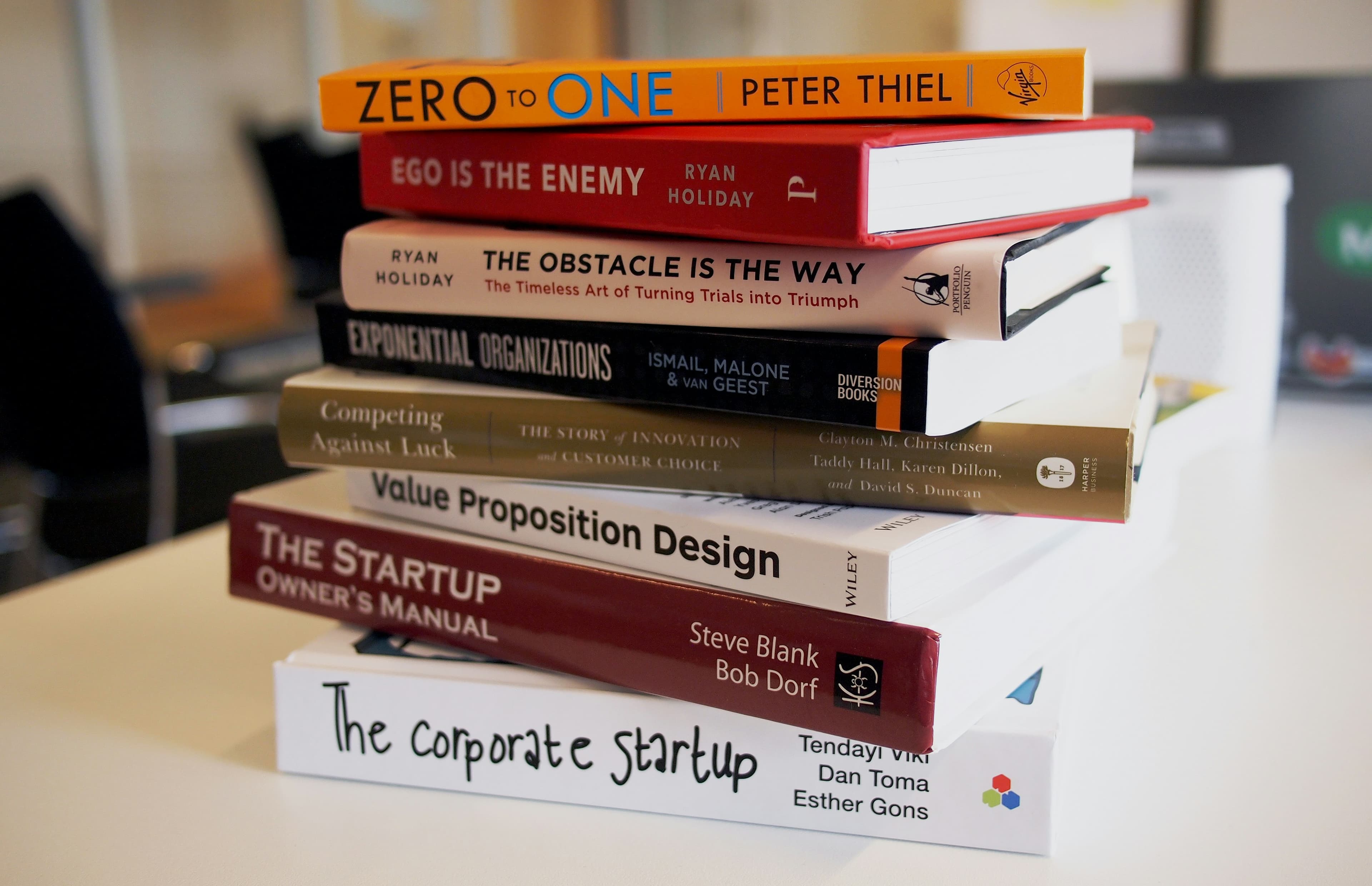Forget Likes: How to Get Real Sales From Social Media

It’s staggering to see how much money is pouring into digital marketing. Companies are shifting massive chunks of their advertising budgets online, with social media ad spending growing by over 45% in a single year. By 2019, it was an $18.4 billion industry in the U.S. alone. Everyone’s in, especially on Facebook, which now commands a huge portion of all digital ad dollars.
And yet, for all that spending, the results are shockingly fuzzy. One survey of 3,000 companies revealed a wild disconnect: 86% of marketers say social media is important, but their number one benefit is just “increased exposure.” Worse, only 37% feel their Facebook efforts are actually effective, and a whopping 75% admit they don’t even know how to measure their results.
This is where so many get it wrong. If you don’t know if your marketing is working, or if you think the goal is just "awareness" instead of revenue, you're leaving a ton of money on the table. For anyone running a or a growing , this approach is a recipe for disaster. The good news is that a few small but powerful shifts in thinking, borrowed from old-school direct-response marketing, can turn your social media from a money pit into a revenue-generating machine.
1. Have a Plan to Sell from Day One
You don’t want to be the pushy salesperson at a cocktail party, but you absolutely need to give people a clear and consistent way to do business with you. If you're just posting content without a path to purchase, you’ll never see a return on your time or money. This was the exact mistake General Motors made when they famously declared social media ads a waste—they gave no effective call to action, so of course, nothing happened. Any good plan needs to guide people toward a sale.
2. Create Offers People Actually Want
Your offers on social media generally fall into two categories, and both need to feel special.
- The goal here is to get contact information. To do this, you need to offer something so valuable that people would willingly pay for it—like a detailed report, a gift certificate, or a ticket to an event—but you give it away for free.
- Yes, you can sell directly to people who don't know you on social media. We see it work every day on Facebook, Twitter, and Instagram. The key is to make the offer feel exclusive. Maybe it’s an online-only price or a product that’s available on social media first. Remember, social media is a party, not a mall. To get attention, your offer has to be interesting enough to share. Make it share-worthy, and you’ll benefit from social proof that lowers your ad costs and boosts visibility for your .
3. Build in a Real Sense of Urgency
Automation is great, but a "set it and forget it" approach to your offers will fall flat. People respond to freshness and deadlines. Running the same offer indefinitely makes it easy for them to say, "I'll check it out later," which they never do. Instead, create weekly perks, limited-time deals, or events that have a clear end date. Always give people a compelling reason to take action .
4. Tell People Exactly What to Do Next
Don't make your audience think. If you want them to click a link, tell them: "Click the link below to enroll now." Put the URL on its own line to make it stand out. Whether you want them to visit a page, pick up the phone, or fill out a form, your instructions should be painfully clear. The less work someone has to do to figure out the next step, the more likely they are to take it. This is a simple but vital part of any strategy.
5. Track Everything That Matters
How can you know your ROI if you don’t track it? Vanity metrics like "likes" and "engagement" don't pay the bills. When we work with clients, we report on exactly what they spent, what our fee was, and how many qualified leads or customers resulted. That gives them a precise ROI on their investment. Your deserves the same level of accountability. Use the conversion tracking and analytics built into every social platform, and connect them to your own unique landing pages and URLs. This data is the only thing that should guide your marketing decisions.
6. Let Branding Be a Byproduct of Sales
This might sound counterintuitive, but your primary goal in should always be sales, not branding. Every post, photo, and promotion should be created with the ultimate goal of driving a lead or a sale. This doesn't mean you're pitching 100% of the time. It means that the 85% of your content that is valuable and non-promotional should be designed to cultivate interest in the problem your product solves. Spend your ad money on driving leads and sales, not on boosting posts for engagement. Your goal isn’t to be popular; it’s to be profitable.
Finding Your "Why Should I Care?"
But none of these tactics will work if your core message is weak. A famous survey of slogans from 22 of the biggest U.S. advertisers found that most were completely forgettable. Only Walmart’s “Always Low Prices” was recognized by a majority of people. Why? Because it’s not just a catchy phrase; it’s a Unique Selling Proposition (USP). It directly answers the question: "Why should I choose you over everyone else?"
A slogan is not a USP. A USP is the fundamental reason your deserves to exist. If your competitors can use your slogan, it isn't a USP. For anyone , this is the most important question to answer.
To get laser-focused on what sets you apart, you need to ask yourself:
- What's unique about my product or service?
- How is my delivery method different?
- What industry norms do I ignore or break?
- What is my unique story or personality?
- Who are my best customers, and what makes them unique?
Take a hard look at your answers. If you can’t find anything that makes you different, you need to make some changes to your business. This is foundational. Once you know what makes you unique, your job is to weave that answer into every piece of marketing you create. That’s how you build a powerful that stands out from the noise.








